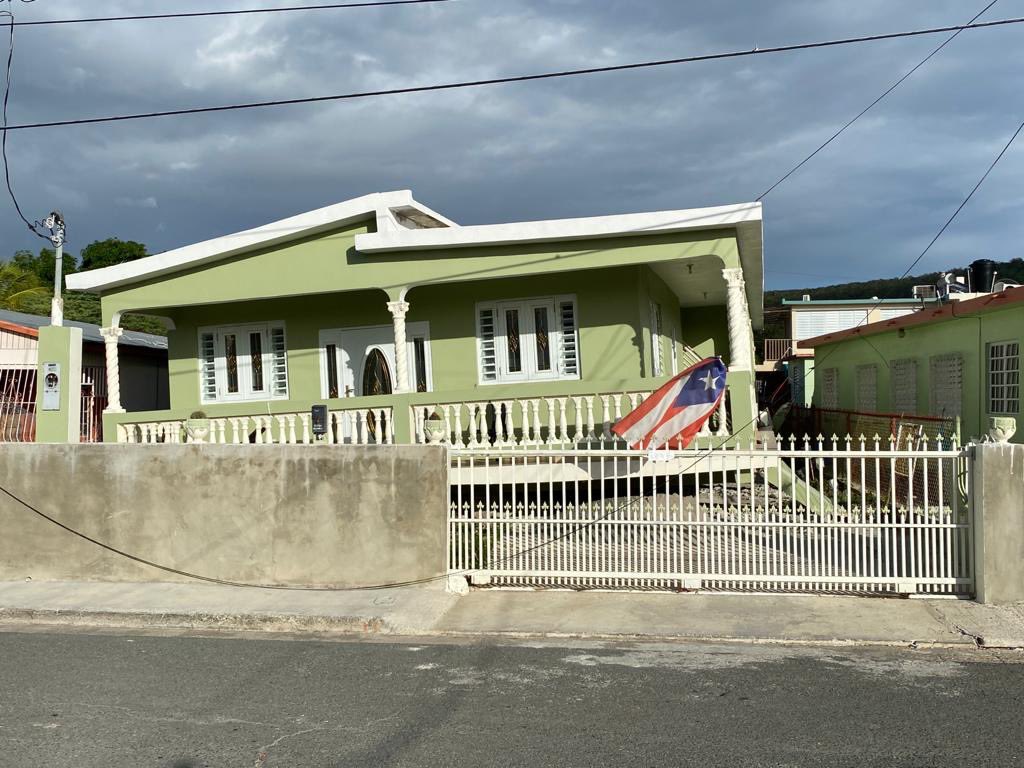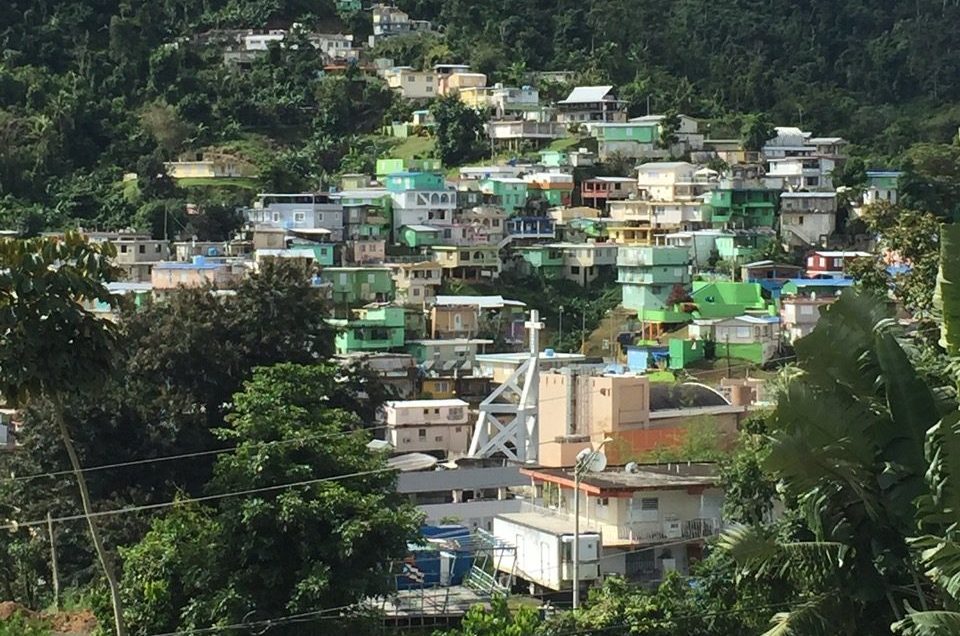Disaster Rocks Puerto Rico Again. Attention is Needed.
More than 1,000 earthquakes have struck Puerto Rico since Dec. 29, 2019. I will admit that I had to read that number four or more times before it really settled in. According to the CIA World Factbook, Puerto Rico is just slightly smaller than three times the size of Rhode Island, so residents all across […]

More than 1,000 earthquakes have struck Puerto Rico since Dec. 29, 2019. I will admit that I had to read that number four or more times before it really settled in. According to the CIA World Factbook, Puerto Rico is just slightly smaller than three times the size of Rhode Island, so residents all across the island are feeling the effects. Can you imagine that many tremors affecting one of our fifty states without every U.S. citizen knowing about it? And yet valiantly our island territory, Puerto Rico, has withstood more than 145 earthquakes that are magnitude 2.5 or stronger; two last week registered at magnitude 5.8 and 6.4. As we reported last Tuesday in our weekly disaster update blog, the director of Puerto Rico’s Seismic Network says he’s never seen anything like this in his 29 years with the organization.
As a result of the earthquakes, power is out on most of the island and is slowly being restored as it is safe and possible to do so. Water is out for several 100,000 people. Initial estimates of damage are $3.1 billion. In the town of Guanica alone, 148 homes have been damaged or destroyed. In the town of Guayanilla, homes, a church and other buildings were destroyed as was a picturesque rock formation known as Punta Ventana.
My friend, colleague and poet, Kevin King, executive director of Mennonite Disaster Services, posted this over the weekend: “The emotional toll on Puerto Rico is hard to quantify [for people] still recovering from Hurricane Maria two years ago. Residents are sleeping in the streets at night; children are afraid to go back in the house and bathe. Electricity is off. If you sleep in your house, you sleep by the door (that is left open) in case there is another quake that pinches your door shut.”
Given that there is still trauma from Hurricane Maria, and the nature of earthquakes – unknown, unpredictable and ongoing – it is likely there will be significant mental health needs on top of physical reconstruction. And, recovery resources (human, financial and technical) will be necessary for decades to come. Our current grantmaking in support of Hurricane Maria recovery efforts includes water catchment, food and energy security as well as culturally sensitive mental health and psychosocial services; the recent earthquakes will require philanthropy to invest again.
I will admit that my own mind toggles back and forth between being cynical and hopeful about the level of support that Puerto Rico will receive (from philanthropic and governmental sources) to recover both from Hurricane Maria as well as these tremors, earthquakes and aftershocks. In the end, I choose hope over cynicism and the philanthropic response to Hurricane Maria is responsible for my optimistic thinking. Under the leadership of Filantropia Puerto Rico, we learned that philanthropy’s response to Hurricane Maria and Puerto Rican recovery was unprecedented. While you can read a blog about the philanthropic response here and the full report here, in a nutshell, we learned the following:
- Donations greatly exceeded customary funding.
- Newly created funds were the preferred funding vehicle.
- The Puerto Rican diaspora was activated.
- National foundations invested.
- Many grantmakers were new to Puerto Rico.
- Individual donors numbered in the hundreds of thousands.
- Celebrities contributed significantly.
- Donors sought to give locally.
What inspires me greatly about private philanthropy is that it can take the full range of needs stemming from a disaster (mental health, housing, food security, economic development, etc.) and map those needs with financial support. In the case of Puerto Rico – battered by multiple disasters of significant size — philanthropy will be critical to long-term recovery and the future prosperity of the island.
For donors wishing to support Puerto Rico’s recovery from this most recent seismic activity, the CDP Disaster Recovery Fund provides a sound option. The Fund allows for the tactical allocation of funding across the entire disaster lifecycle, from disaster preparedness to long-term recovery. It allows donors to target contributions to meet specific philanthropic goals for any domestic disaster – in this case the tremors and earthquakes affecting Puerto Rico – to support medium- to long-term recovery work.
We here at CDP hope that you will call or email us to inquire about how you and your organization can support Puerto Rico in this time of need. We are more than happy to share with you what we know about the current state of affairs, where the greatest needs lie and how you can be of best support.
More like this

A Report On the Ground in Puerto Rico

